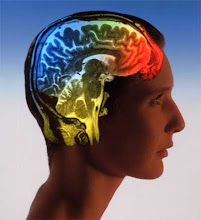Looking at past papers and the SQP, they tend to focus on a research example featuring a single method. Most methods have now come up in the last five years (2005: questionnaires with correlation; 2006: observation; 2007: case study; 2008: experiment; 2009: interviews).
It would be easy to assume that one of the methods from a few years ago will appear again this year, and that may well be the case. Correlation has been neglected a bit, so you should ensure that you are good on that (remember that corr is actually a data anlysis technique, not a method as such). Observation is a likely option too - 2006's research example was a naturalistic observation, so if I was an exam setter I might put in a participant observation this time.

One other possibility to bear in mind is that there could be a combination that hasn't been tried before. So for example, instead of having survey and correlation, maybe questions on correlation and experiments this year, or correlation and observation. For example, there could be a correlation research example, followed by questions on how a similar study could be done as an experiment instead.
With so many methods to choose from, it seems very unlikely is that interviews will come up again so soon. I also think case study is an unlikely choice, and shouldn't be top priority for your revision.
Here are the key points on the CAS for Section B:
- A research scenario (100–200 words) is provided in this section.
- A structured question, worth 20 marks, will be based on the research scenario. This
question will consist of a set of 5–8 related parts, each part with a possible mark range of
1–8 marks. - Candidates are required to answer all parts of this question.
- The research scenario may be of an experimental or a non-experimental study.
- Candidates may be asked to suggest/evaluate a non-experimental or experimental
alternative. - Although no numerical calculations will be required in the exam, interpretation of given
numerical or graphical data may be required.

No comments:
Post a Comment